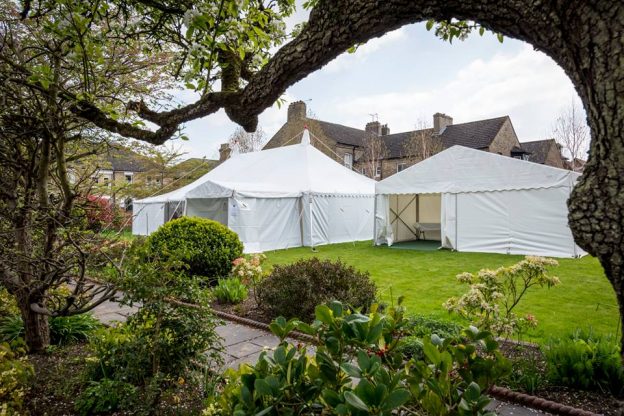Howls of outrage from Western media greeted recent evidence of organised iconoclasm by Daesh. Footage of statues being destroyed by cadres armed with drills and sledge hammers in what is thought to be a museum in Mosul in Iraq (http://www.bbc.co.uk/news/world-middle-east-31647484) followed claims that they had also burnt down the city’s library. Since then, evidence has emerged that they have bulldozed the archaeological site at Nimrud (http://www.wsj.com/articles/islamic-state-militants-bulldoze-ancient-nimrud-archaeological-site-1425600798). This latter act was described as a war crime by the UN and has fed a frenzy of media stories about Daesh (‘Isis demolition is war crime against heritage, says UN’ The Times 07-03-2015). In this short post I follow the example of thought experiment cum unsettling juxtaposition (of Immanuel Kant and Sayyid Qutb) by Caroline Rooney in her piece ‘From Religion and Security to Religion and Liberty’ http://www.paccsresearch.org.uk/wp-content/uploads/2014/12/Religion-Security-Global-Uncertainties.pdf). Specifically, I want to juxtapose acts of iconoclasm from sixteenth century Europe and twenty first century Iraq to interrogate how they are narrated and understood.
During the sixteenth century, European cities including Antwerp, Basle, Wittenberg and Zurich were rocked by riots, arson, looting and the removal, theft or destruction of books and statues (among other things) from convents and churches. Inspired if not actually led by men such as John Calvin, Andreas Karlstadt, Martin Luther and Heinrich Zwingli, these upheavals have become integral to a popular historical and sociological narrative whereby Protestant rationalization of (pathologically) elaborate (and corrupt) Catholic ritualism opened up space for the emergence of a new (but gendered) subject able to access the Word (of God) and interpret it without the mediation of the Catholic Church. This event transformed Western Christianity (and indeed ‘religion’) into a private mental state called belief, and envisioned ‘the believer’ applying Reason to read and interpret Scripture. This story (or myth) elided the iconoclastic violence of the Reformation to tell a story about freedom from despotic authority and the emergence of Reason. Max Weber’s The Protestant Ethic and the Spirit of Capitalism implicated this subject and the narrative of freedom and Reason in the development of capitalism and the modern political and social order or in short, modernity.
It is important to draw responsible conclusions from thought experiments of this kind. A simple place to begin might be that contemporary understanding of the Antwerp iconoclasm of August 20, 1566 (represented by Hogenberg in an etching titled The Iconoclasm c. 1570, showing the looting and destruction of a church by men carrying clubs under the cover of darkness – note the figure bottom right carrying a candle https://www.google.co.uk/search?q=hogenberg+iconoclasm&espv=2&biw=1517&bih=714&source=lnms&tbm=isch&sa=X&ei=bGkVVay4L87iapnYgAg&ved=0CAYQ_AUoAQ&dpr=0.9) is dramatically different from the people who actually lived through it. Catholic commentators of the time certainly did not regard it as an event likely to precipitate any kind of Enlightenment. In like fashion, understanding of the Mosul and Nimrud iconoclasms is likely to alter through time. But benign historical relativism is not where I want to end. The iconoclasms at Mosul and Nimrud are difficult to understand but most difficult of all is the recognition that Daesh see themselves as engaged in emancipatory acts guided by the application of Reason. As such, their acts of iconoclasm are unfolding within what is a very familiar mental architecture. Is it possible that by seeing ourselves in Daesh we will understand ourselves and Daesh with greater clarity? And by doing that, will we in turn become much clearer about the people we want to be and the kind of society we want to preserve?
Paul-Francois Tremlett

